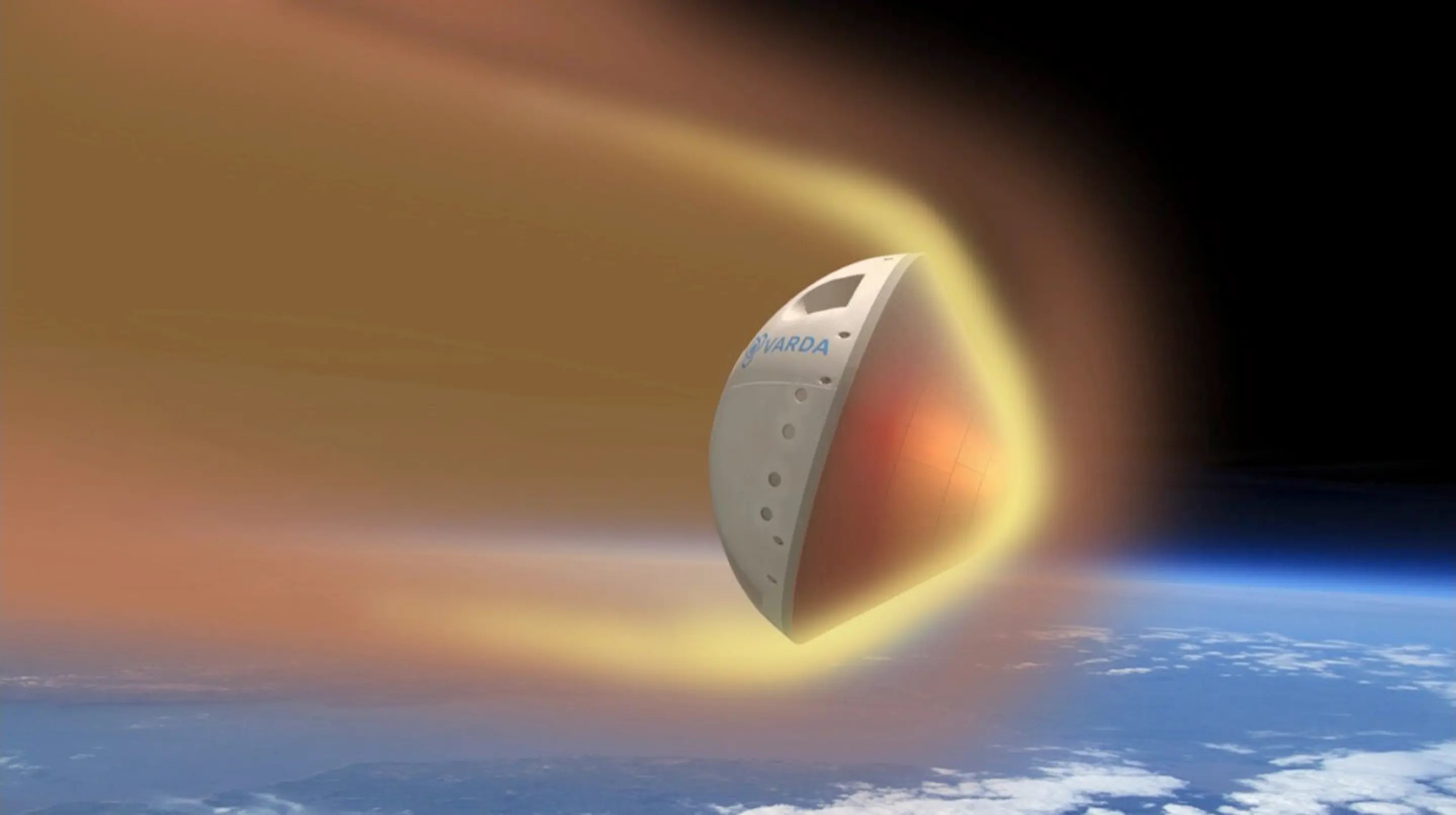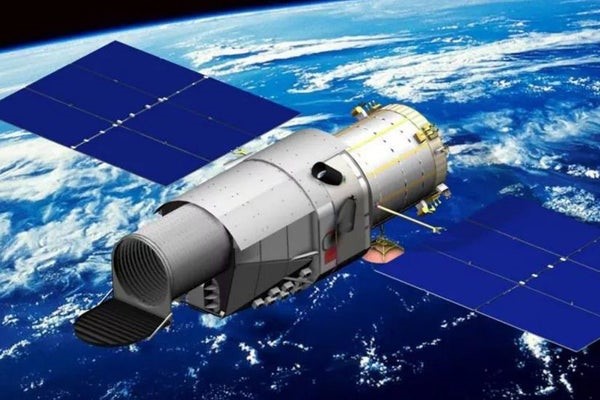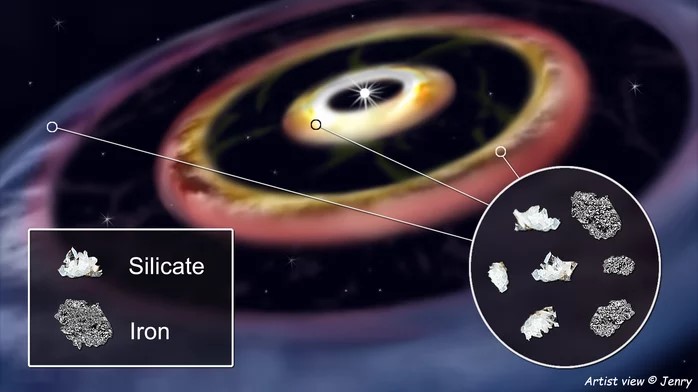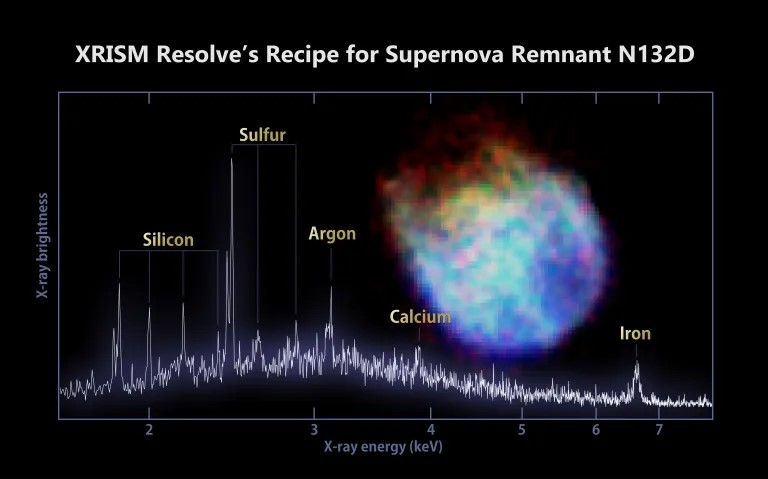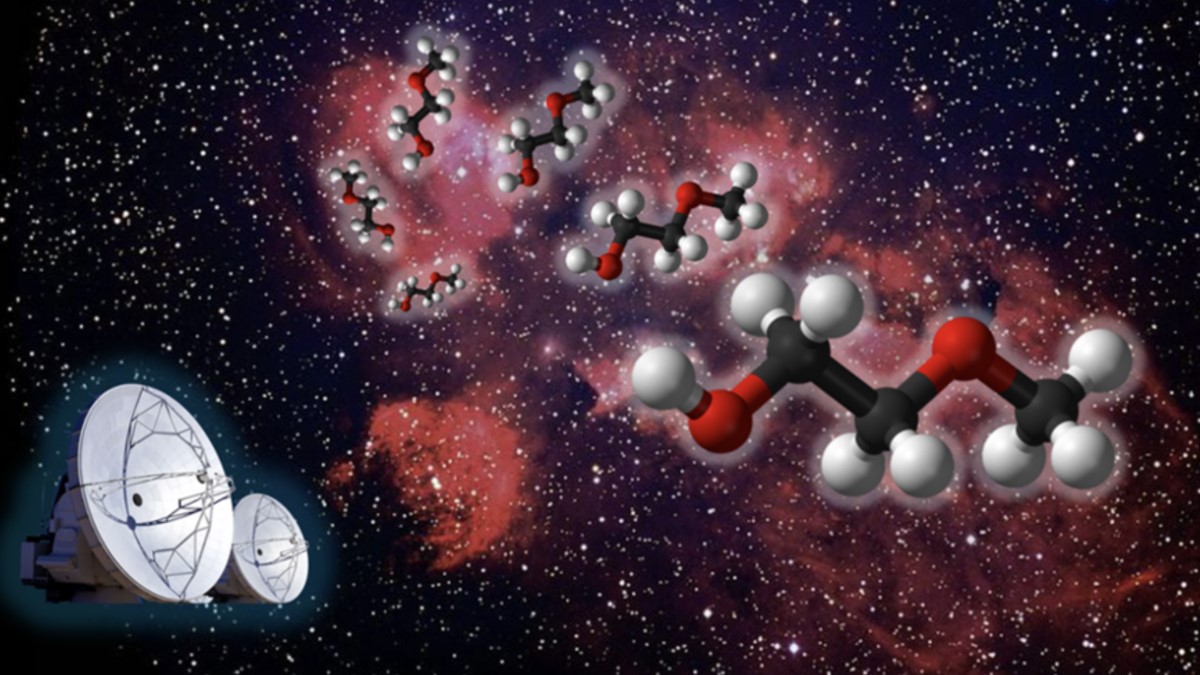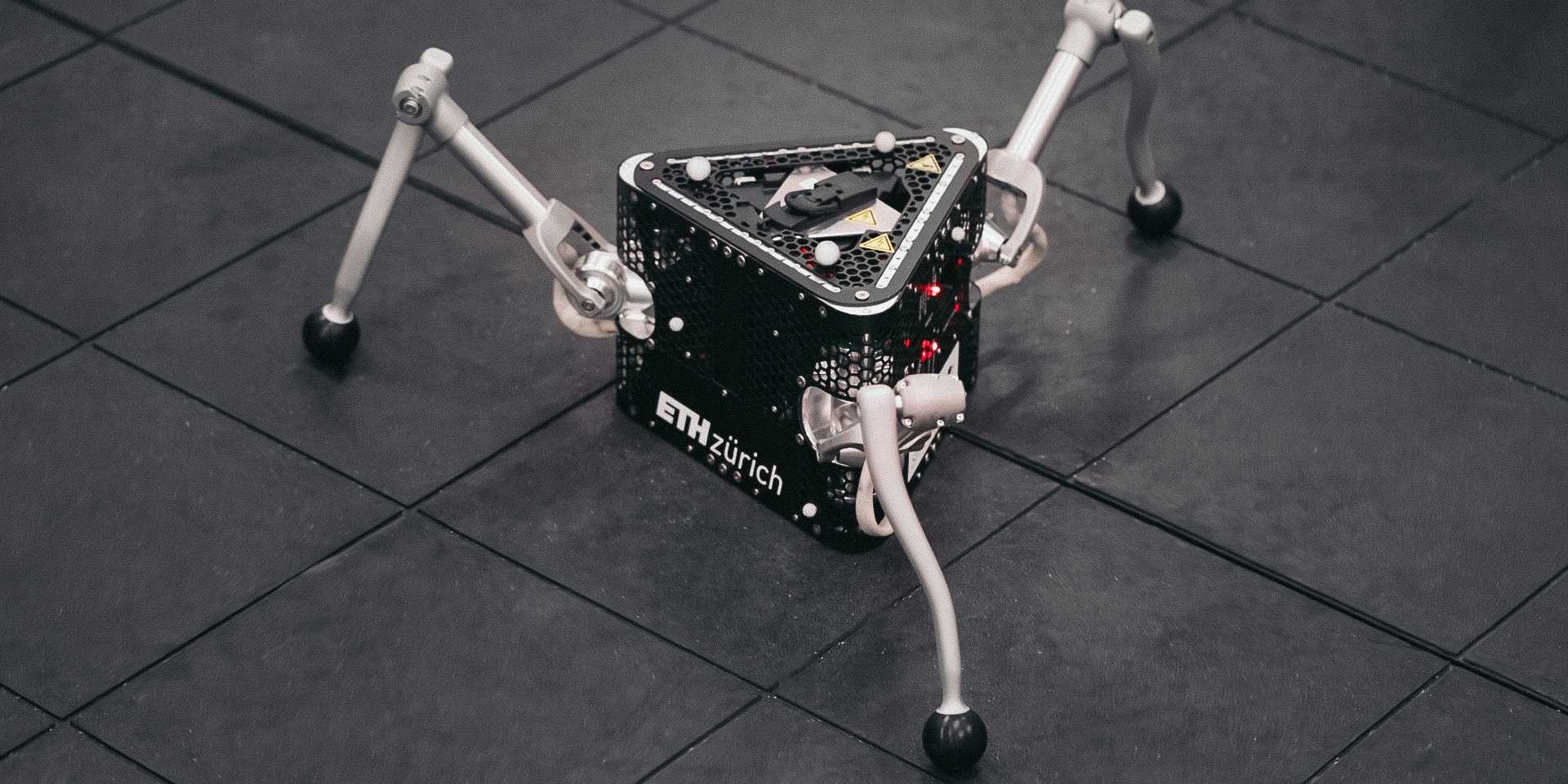Scientists Create Battery That Never Needs Charging
Imagine never needing to charge your phone again or having a pacemaker that lasts a lifetime. Scientists are developing tiny nuclear batteries powered by radiocarbon, a safe and abundant by-product of nuclear plants. Unlike lithium-ion batteries, which degrade over time and harm the environment, these new batteries harness beta radiation to trigger an electron avalanche, generating electricity. The team’s latest prototype has greatly improved efficiency, and while challenges remain, this technology could one day make nuclear power as accessible as a personal device.
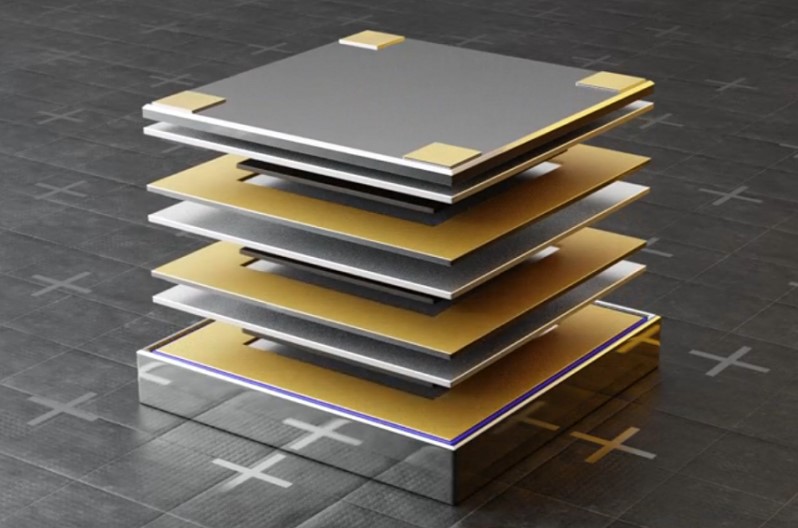
Figure 1. Tiny, Long-Lasting Nuclear Batteries: A Safer, Cleaner Future
The Issues with Current Batteries
Cell phones that run out of battery unexpectedly and electric vehicles that fall short of their destinations highlight the limitations of current battery technology. Most lithium-ion (Li-ion) batteries, used in everything from smartphones to electric cars, typically last only hours or days before needing a recharge, and their performance deteriorates over time. Figure 1 shows Tiny, Long-Lasting Nuclear Batteries: A Safer, Cleaner Future.
To overcome this challenge, researchers are investigating a new solution: nuclear batteries powered by radiocarbon. These compact, cost-effective batteries could offer safe, long-lasting energy that lasts for decades without requiring recharging.
Introducing a New Solution
Su-Il In, a professor at the Daegu Gyeongbuk Institute of Science & Technology, will share his team's research at the American Chemical Society (ACS) Spring 2025 meeting, scheduled for March 23-27. The event will feature approximately 12,000 presentations across various scientific disciplines.
Environmental and Technological Challenges
Frequent recharging not only disrupts convenience but also restricts the effectiveness of technologies like drones and remote sensors, which require reliable, long-lasting power. Li-ion batteries also have environmental drawbacks: lithium extraction is energy-intensive, and improper disposal can harm ecosystems. As our world becomes increasingly connected and data-driven, the demand for more durable and sustainable battery solutions is growing.
Improving Li-ion batteries may not be the answer to this issue. "The performance of Li-ion batteries is nearly maxed out," explains In, a researcher in future energy technologies. In and his team are developing nuclear batteries as a sustainable alternative to lithium-based solutions.
How Nuclear-Powered Batteries Function
Nuclear batteries work by harnessing the high-energy particles emitted from radioactive materials. Not all types of radiation are harmful, and certain particles, such as beta particles, can be safely blocked using materials like thin aluminum sheets, making betavoltaic batteries a viable and safe option.
In this case, researchers developed a prototype using carbon-14, a radioactive form of carbon known as radiocarbon. Radiocarbon generates only beta rays, making it a safer choice. It is a by-product of nuclear power plants, inexpensive, abundant, and recyclable. Due to its slow rate of degradation, a radiocarbon-powered battery could potentially last for thousands of years.
Improving Betavoltaic Technology
To enhance the energy conversion efficiency of their betavoltaic battery, In and his team used a titanium dioxide-based semiconductor, commonly found in solar cells, and sensitized it with a ruthenium-based dye. They strengthened the bond between the two using citric acid treatment. When beta rays from radiocarbon interact with the treated dye, they trigger an electron avalanche. This process transfers electrons through the dye and titanium dioxide, efficiently collecting the generated electricity.
Innovation in Dual Electrodes
The new battery design incorporates radiocarbon in both the dye-sensitized anode and cathode, boosting beta ray generation and reducing energy loss from distance between the two electrodes. During testing, the radiocarbon in both electrodes triggered an electron avalanche in the ruthenium-based dye on the anode, which was collected by the titanium dioxide layer and converted into usable electricity through an external circuit. This innovation significantly improved energy conversion efficiency, increasing it from 0.48% to 2.86%, compared to previous designs with radiocarbon only on the cathode.
Future Potential and Applications
In envisions numerous applications for these long-lasting nuclear batteries, such as pacemakers that could last a person's lifetime without the need for surgical replacements. However, the current betavoltaic design converts only a small portion of radioactive decay into electricity, resulting in lower performance compared to conventional Li-ion batteries. In suggests that optimizing the beta-ray emitter’s shape and improving beta-ray absorbers could boost the battery's efficiency and power output.
Reevaluating Nuclear Energy
As climate concerns increase, the public's view of nuclear energy is shifting. However, it is still primarily associated with large power plants in isolated areas. In contrast, In’s dual-site-source dye-sensitized betavoltaic cell batteries show that nuclear energy can be harnessed in small, safe devices, even those the size of a finger. This research was supported by the National Research Foundation of Korea and the Daegu Gyeongbuk Institute of Science & Technology Research & Development Program, funded by Korea's Ministry of Science and Information and Communication Technology.
Source:MIT News
Cite this article:
Janani R (2025), Scientists Create Battery That Never Needs Charging, AnaTechMaz, pp. 168



